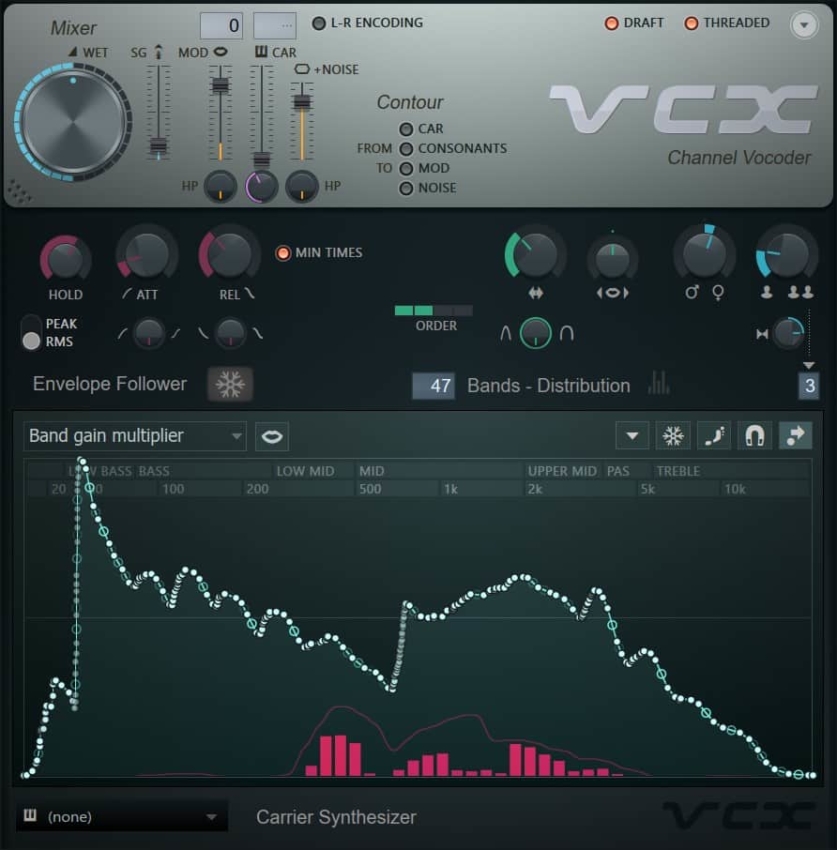Introduction and Setup:
Overview of the violin, its parts, and how to properly hold it.
Explanation of the bow, its parts, and the right bow hold.
Introduction to the different strings and their names.
Basic Techniques:
Bowing methods, together with bow strokes like the down-bow and up-bow.
Left-hand techniques for producing completely different pitches, similar to finger placement on the fingerboard.
Learning to produce a clear and constant tone.
Reading Sheet Music:
Introduction to primary music notation, together with notes, rests, and time signatures.
Learning to read sheet music specifically for the violin.
free vocoder plugins and Exercises:

Practice of scales in numerous keys to develop finger energy, dexterity, and intonation.
Technical workouts to enhance bow control and coordination.
Etudes and Pieces:
Introduction to etudes (musical studies) that focus on particular technical challenges.
Learning simple tunes and items to use and reinforce the methods realized.
Ear Training:
Ear training workout routines to help college students acknowledge pitches and intervals.
Playing easy melodies by ear.
Musical Expression:
Dynamics, articulation, and phrasing to add musical expression to playing.
Interpretation of different types of music, from classical to folks or modern.
Performance Practice:
Guidance on making ready for performances, together with stage presence and managing nerves.
Opportunities to perform in front of the instructor or fellow college students.
Music Theory (Optional):
Depending on the extent and objectives of the scholar, some introduction to music theory ideas may be included, similar to key signatures, scales, and concord.
Advanced Techniques (as progress allows):
Vibrato, a method that adds a fluctuation of pitch for expressive enjoying.
Double stops, taking part in two notes simultaneously.
Pizzicato, plucking the strings as an alternative of using the bow.
Repertoire Building:
Expanding the repertoire to include extra advanced and difficult items.
Exploration of different musical genres and styles.
Individualized Goals:
Tailoring lessons to the student's objectives, whether or not they are focused on classical music, contemporary styles, or a mix of genres.
It's important to notice that the development by way of these subjects can range based mostly on the student's particular person pace and the instructing style of the trainer. Regular practice exterior of lessons is essential for skill improvement and progress. Private lessons with a professional violin trainer or participation in group courses can present a well-rounded method to studying the violin..
